Hiring the right talent costs money, but do you know exactly how much it costs? According to a study by Gartner, on average, around $2,810 is spent annually, with hiring accounting for the majority of that expenditure, at $401 per employee.
Most companies spend thousands on recruitment without tracking their actual cost per hire. This leaves them without clear insight into inefficiencies and missed savings opportunities.
In this guide, we break down everything you need to know about calculating, analyzing, and optimizing your cost per hire to build a more efficient recruitment strategy.
Key Takeaways:
- Cost per hire formula: Add internal and external recruitment costs, then divide by total hires in a specific period.
- Costs to include: In total hiring costs, include all costs like recruiter salaries, software subscriptions, and onboarding expenses for accurate calculations.
- Consistency is key: Use the same calculation method across all time periods and departments to ensure meaningful comparisons.
- Optimization opportunities: Track cost per hire by department, role level, and hiring channel to identify the most cost-effective sources.
- Regular monitoring: Calculate cost per hire quarterly to spot trends and make timely adjustments to your recruitment strategy.
What is the Cost Per Hire?

Cost per hire measures the total expense your organization incurs to fill one open position. It includes everything from job posting fees and recruiter salaries to background checks and signing bonuses.
This metric helps you see the true financial impact of your hiring process. For example, if you spend $50,000 on recruitment activities and hire 10 people, your cost per hire is $5,000.
Cost per hire gives you the flexibility to calculate it for different time periods, departments, or role types to identify patterns and optimization opportunities. Companies that track this metric consistently make smarter budget decisions and often reduce hiring costs.
Now that you know what cost per hire measures, let’s explore why this number should matter to you and your business decisions.
Why does Cost Per Hire Matter for Your Business?

Knowing your cost per hire changes how you approach recruitment budgeting and strategy. It provides concrete data to justify hiring investments and identify areas where you’re overspending.
Cost per hire helps you:
- Budget accurately: Plan recruitment expenses based on historical data rather than guesswork.
- Optimize hiring channels: Identify which job boards, agencies, or referral programs deliver the best return on investment.
- Benchmark performance: Compare your costs against industry standards and competitors.
- Make strategic decisions: Choose between internal recruiting teams and external partners based on actual cost data.
- Improve efficiency: Spot bottlenecks in your hiring process that drive up expenses.
- Demonstrate ROI: Show leadership the financial impact of recruitment improvements and investments.
Knowing why cost per hire matters is just the start. The real challenge comes in figuring out exactly what expenses to count in your calculations.
What Costs Should You Include in Cost Per Hire Calculations?
Accurate cost per hire calculations require capturing both obvious and hidden expenses. Missing key cost components can underestimate your true hiring expenses.
Internal recruitment costs include:
- Recruiter and HR salaries: Portion of time spent on hiring activities, including benefits and overhead.
- Hiring manager time: Hours spent reviewing resumes, conducting interviews, and making decisions.
- Internal referral bonuses: Payments to employees who successfully refer candidates.
- Training and onboarding: Initial orientation, paperwork processing, and setup costs.
- Technology and tools: Applicant tracking systems, HR software subscriptions, and assessment platforms.
External recruitment costs include:
- Job board fees: Postings on LinkedIn, Indeed, Naukri, and industry-specific sites.
- Recruitment agency fees: Payments to staffing firms or executive search consultants.
- Advertising costs: Social media ads, print advertisements, and career fair participation.
- Background checks: Criminal history, reference checks, and drug testing.
- Signing bonuses: One-time payments to attract top candidates.
- Travel expenses: Candidate interviews, recruiter travel, and relocation assistance.
The key is consistency. Once you establish which costs to include, use the same methodology across all calculations to ensure accurate comparisons.
Ready to reduce your hiring costs without compromising on quality? TeamLease Digital helps companies optimize their recruitment spend through data-driven staffing solutions and efficient hiring processes.
Now that you know which hiring costs to track, let’s see how you can turn those numbers into effective insights.
What is the Cost Per Hire Formula?

The cost per hire formula is straightforward, but accuracy depends on thorough cost tracking and clear timeframe definitions.
Basic Formula: Cost per Hire = (Total Internal Costs + Total External Costs) ÷ Total Number of Hires
Example calculation: If you spend $25,000 on internal costs (recruiter salaries, tools) and $15,000 on external costs (job boards, agencies) to hire 8 people in Q1, your cost per hire is: ($25,000 + $15,000) ÷ 8 = $5,000 per hire
For more granular insights, calculate cost per hire by:
- Department or team: Different departments may have varying recruitment complexity and costs.
- Role level: Entry-level, mid-level, and executive positions require different recruitment approaches.
- Hiring channel: Referrals, job boards, and agencies each have distinct cost structures.
- Time period: Monthly, quarterly, or annual calculations reveal different patterns and trends.
This segmentation shows which hiring approaches deliver the best value and where you should focus optimization efforts. Let’s see how you can calculate cost per hire step by step.
How to Calculate Cost Per Hire?

Calculating cost per hire requires systematic data collection and consistent methodology. Follow these steps to ensure accurate results.
Step 1: Define your measurement period
Choose a specific timeframe for your calculation, typically quarterly or annually. This period should align with your budget cycles and business planning processes.
For example, if you’re calculating Q2 cost per hire, include all recruitment expenses incurred during that period, regardless of when positions were actually filled.
Step 2: Gather internal cost data
Track all internal expenses related to recruitment activities during your measurement period.
Calculate recruiter time by multiplying their hourly rate (salary + benefits ÷ annual hours) by hours spent on hiring. For instance, if a recruiter earning $60,000 annually spends 200 hours on recruitment in Q2, the cost is approximately $5,769.
Include hiring manager interview time using the same calculation method. A manager earning $80,000 who spends 50 hours interviewing candidates costs about $1,923 in recruitment time.
Step 3: Calculate external recruitment expenses
Sum all external costs incurred during your measurement period, including job board subscriptions, agency fees, and advertising spend.
Be careful with agency fees paid in different periods than when hiring occurred. For accurate cost per hire, match expenses to the period when recruitment activities happened, not when invoices were paid.
Step 4: Count total hires
Include everyone who started during your measurement period, regardless of when their recruitment process began. This includes full-time employees, part-time staff, and contractors if they’re part of your regular hiring process.
Step 5: Apply the formula
Add internal and external costs, then divide by total hires to get your cost per hire figure. Properly check your calculation and make sure you’re using the same currency for all costs. Round your final number to the nearest digit for easier reporting and comparison.
Step 6: Analyze and segment results
Break down your cost per hire by different categories to identify trends and optimization opportunities. This analysis often reveals surprising insights about which hiring channels deliver the best return on investment.
Now that you know the calculation, it’s essential to also look at industry benchmarks so that you can compare and analyze your recruitment costs more effectively.
Cost Per Hire Benchmarks and Industry Standards
Industry benchmarks help you evaluate whether your cost per hire is competitive and identify areas for improvement. Here’s what companies typically spend on average across different sectors and role levels:
| Category | Average Cost Per Hire Range |
| Technology | $7,500 – $12,000 |
| Healthcare | $4,500 – $8,000 |
| Manufacturing | $3,500 – $6,000 |
| Retail | $2,000 – $4,000 |
| Financial Services | $6,000 – $10,000 |
| Entry-level positions | $2,000 – $4,000 |
| Mid-level roles | $5,000 – $8,000 |
| Senior positions | $10,000 – $15,000 |
| Executive roles | $25,000 – $50,000+ |
These benchmarks vary significantly based on location, company size, and specific role requirements. Use them as starting points for evaluation rather than absolute targets.
Benchmarks help you compare your numbers effectively. But you might be also wondering about ways to reduce your hiring costs. So, let’s find out more about it.
How to Reduce Your Cost Per Hire?

Reducing cost per hire doesn’t mean cutting corners on candidate quality. Smart optimization focuses on process efficiency and strategic sourcing improvements.
Proven strategies to lower cost per hire:
- Strengthen employee referral programs: Referrals typically cost less than external recruiting and result in better retention rates.
- Optimize job board spending: Focus the budget on platforms that consistently deliver qualified candidates rather than posting everywhere.
- Improve hiring manager efficiency: Train managers to conduct focused interviews and make faster decisions to reduce process length.
- Leverage social recruiting: Use LinkedIn and industry networks for direct candidate outreach instead of expensive job postings.
- Build talent pipelines: Maintain relationships with potential candidates for future opportunities to reduce urgent hiring costs.
- Reduce interview rounds: Cut the number of interview rounds without compromising decision quality.
- Use data-driven sourcing: Focus recruiting efforts on channels with the highest success rates and lowest cost per quality hire.
Looking to benchmark your hiring costs against industry leaders while reducing overall recruitment expenses? TeamLease Digital provides cost-effective staffing solutions with transparent pricing and proven results across multiple industries.
Conclusion
Cost per hire is more than just a metric. It’s a strategic tool that reveals the true efficiency of your recruitment process. By tracking this number consistently and breaking it down by department, role type, and hiring channel, you make smarter budget decisions and identify clear optimization opportunities.
The most successful companies don’t just calculate cost per hire; they use it to continuously improve their recruitment strategy. They invest in high-performing channels, stop wasteful spending, and build processes that balance cost efficiency with candidate quality.
Ready to optimize your recruitment costs and improve hiring efficiency? Partner with TeamLease Digital for data-driven staffing solutions that reduce cost per hire while delivering exceptional talent.
Contact us today to find out how we can change your recruitment strategy and deliver measurable results for your business.
FAQs
1. Should the cost per hire include employee salaries?
No, cost per hire should not include the new employee’s salary or benefits. It only covers expenses directly related to the recruitment process, like advertising and recruiter fees.
2. How often should companies calculate cost per hire?
Calculate cost per hire quarterly for regular monitoring and annually for comprehensive analysis. Monthly calculations work well for high-volume hiring or when testing new strategies.
3. What’s the difference between cost per hire and cost of hire?
These terms are often used interchangeably in practice. Cost per hire specifically refers to the average expense per individual hire calculation.
4. Can cost per hire be too low?
Yes, extremely low cost per hire might indicate insufficient investment in candidate quality or proper screening. The goal is optimization, not necessarily the minimization of all costs.
5. What recruitment costs are often overlooked in calculations?
Companies frequently miss hiring manager time costs, internal referral bonuses, and background check expenses. Technology subscription fees are also commonly forgotten.
6. How do recruitment agencies impact cost per hire?
Recruitment agencies typically increase short-term cost per hire but can reduce overall hiring costs. They provide faster placements and better candidate quality with fewer internal resource requirements.







